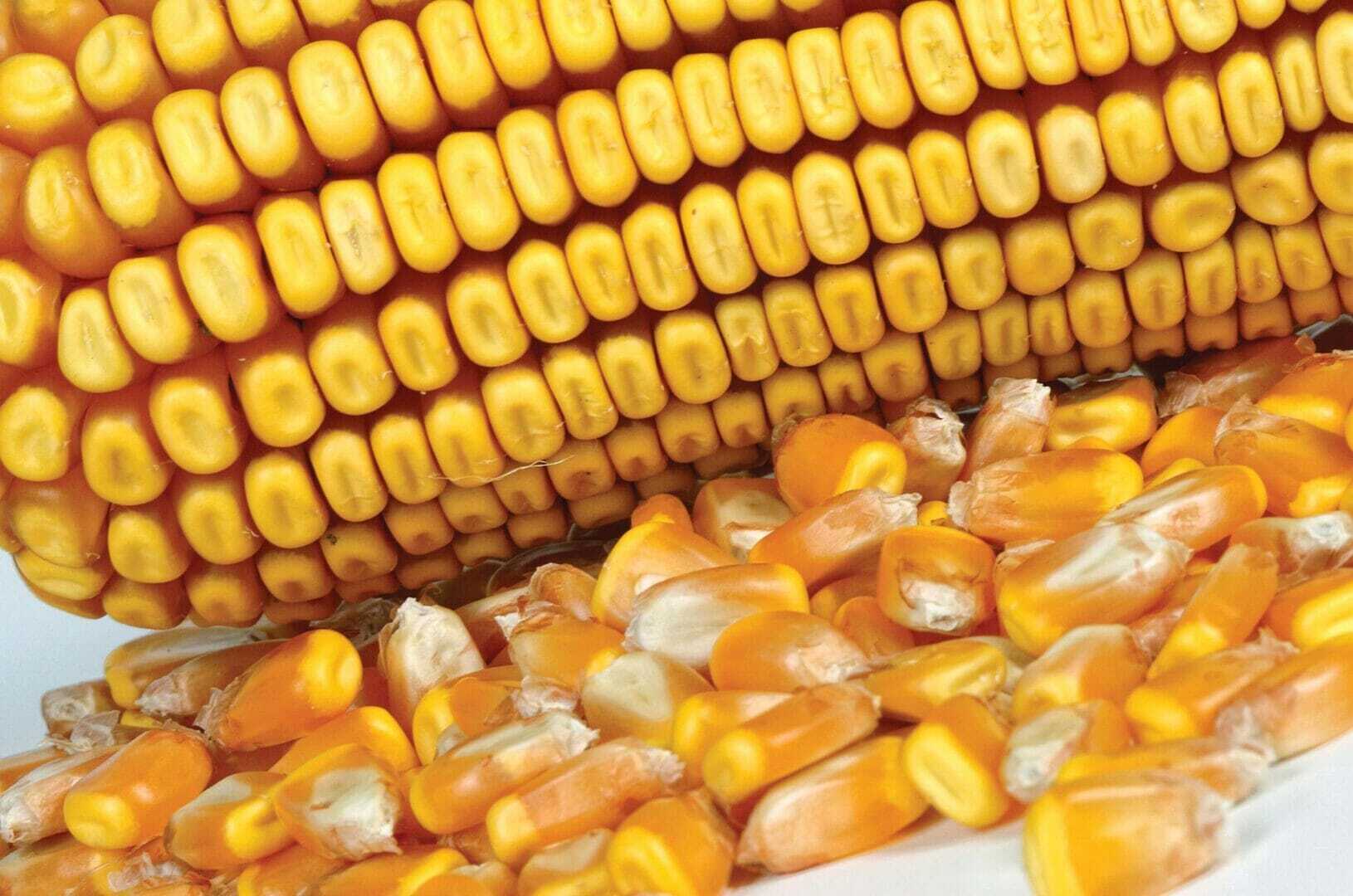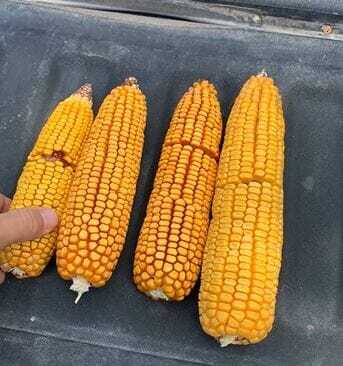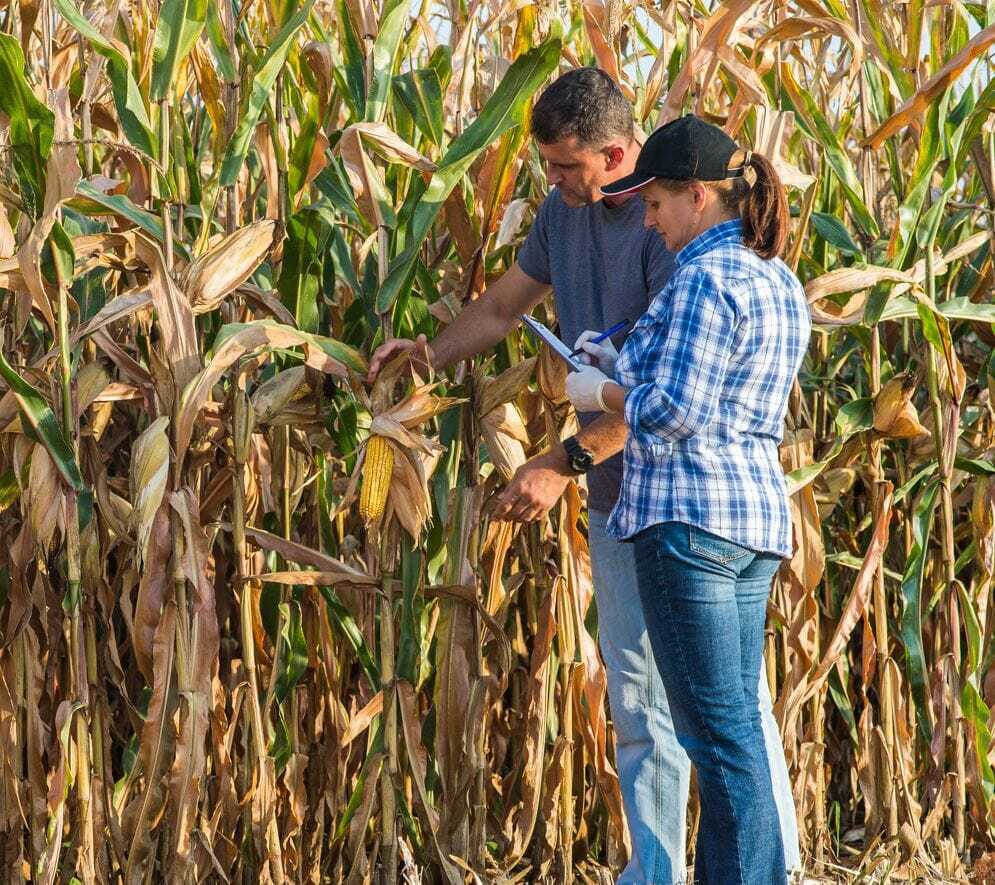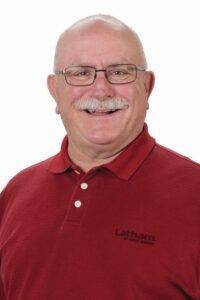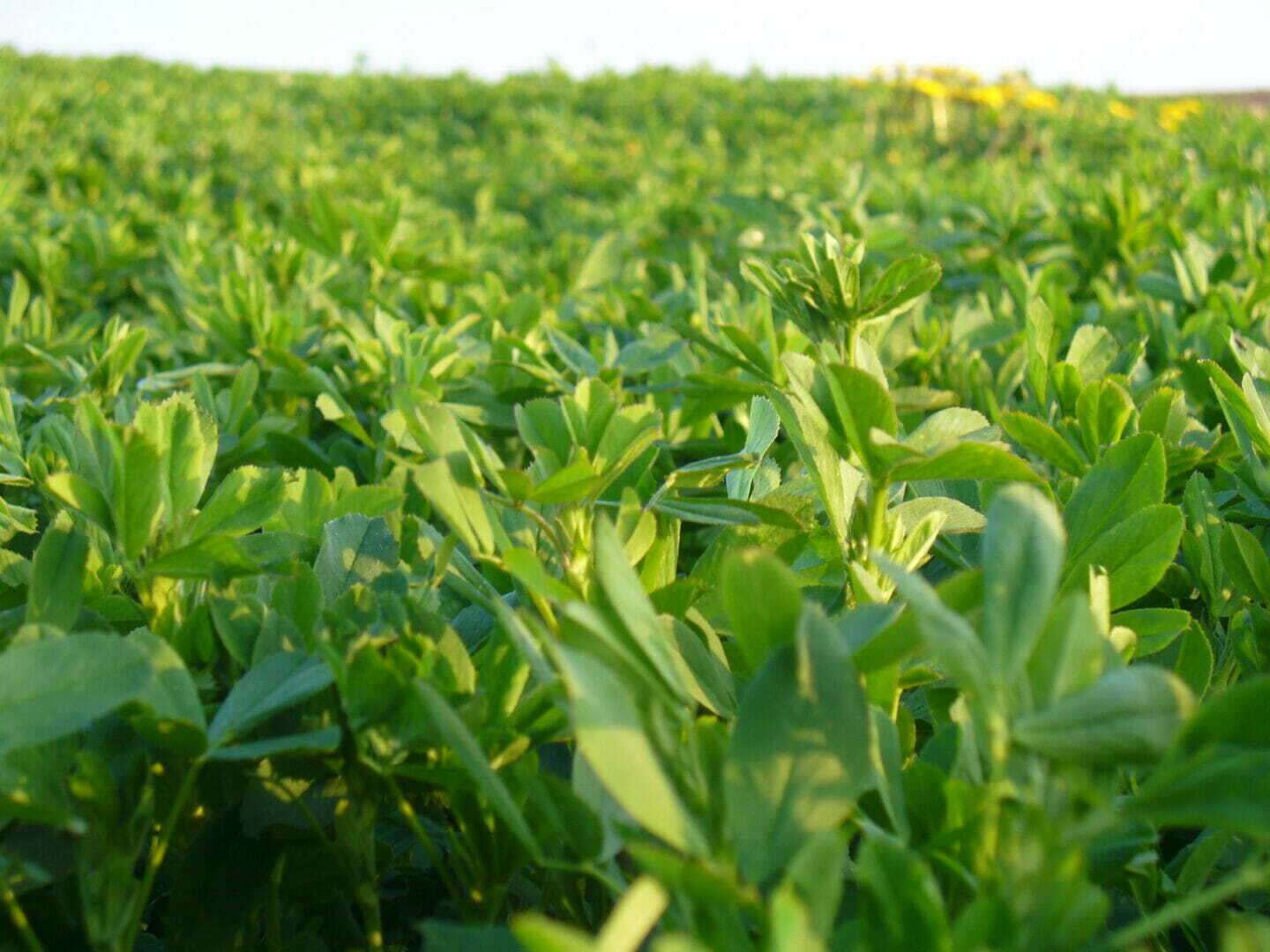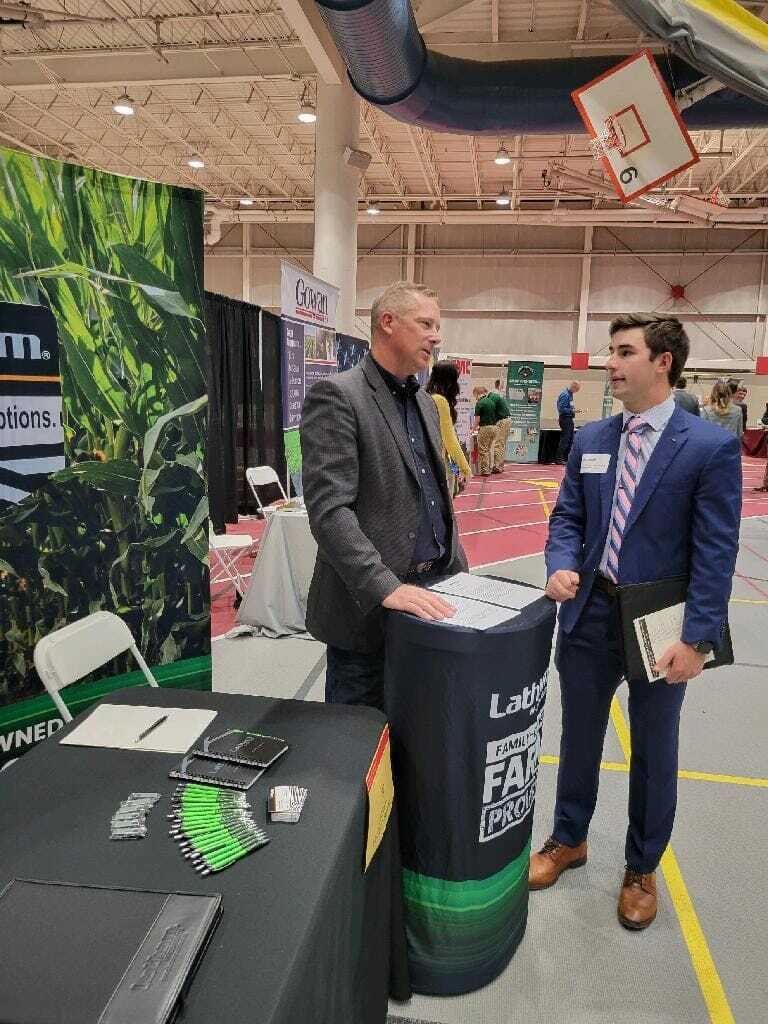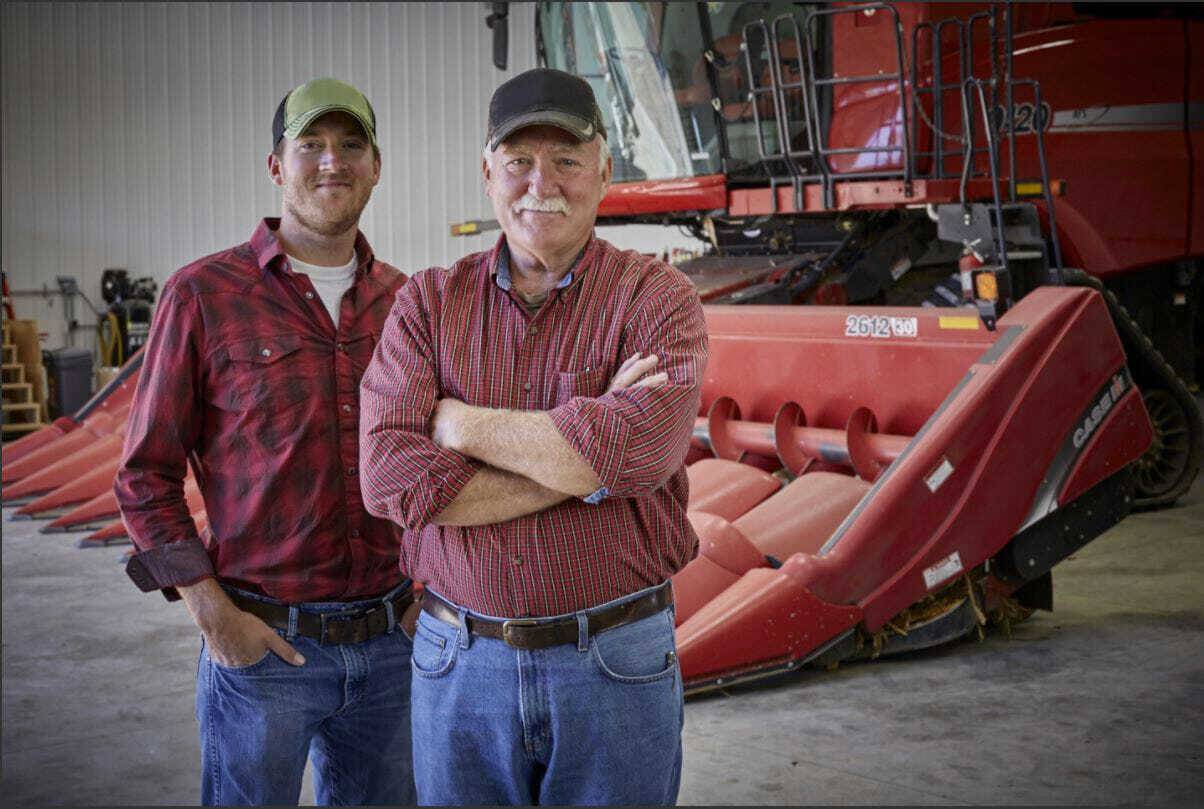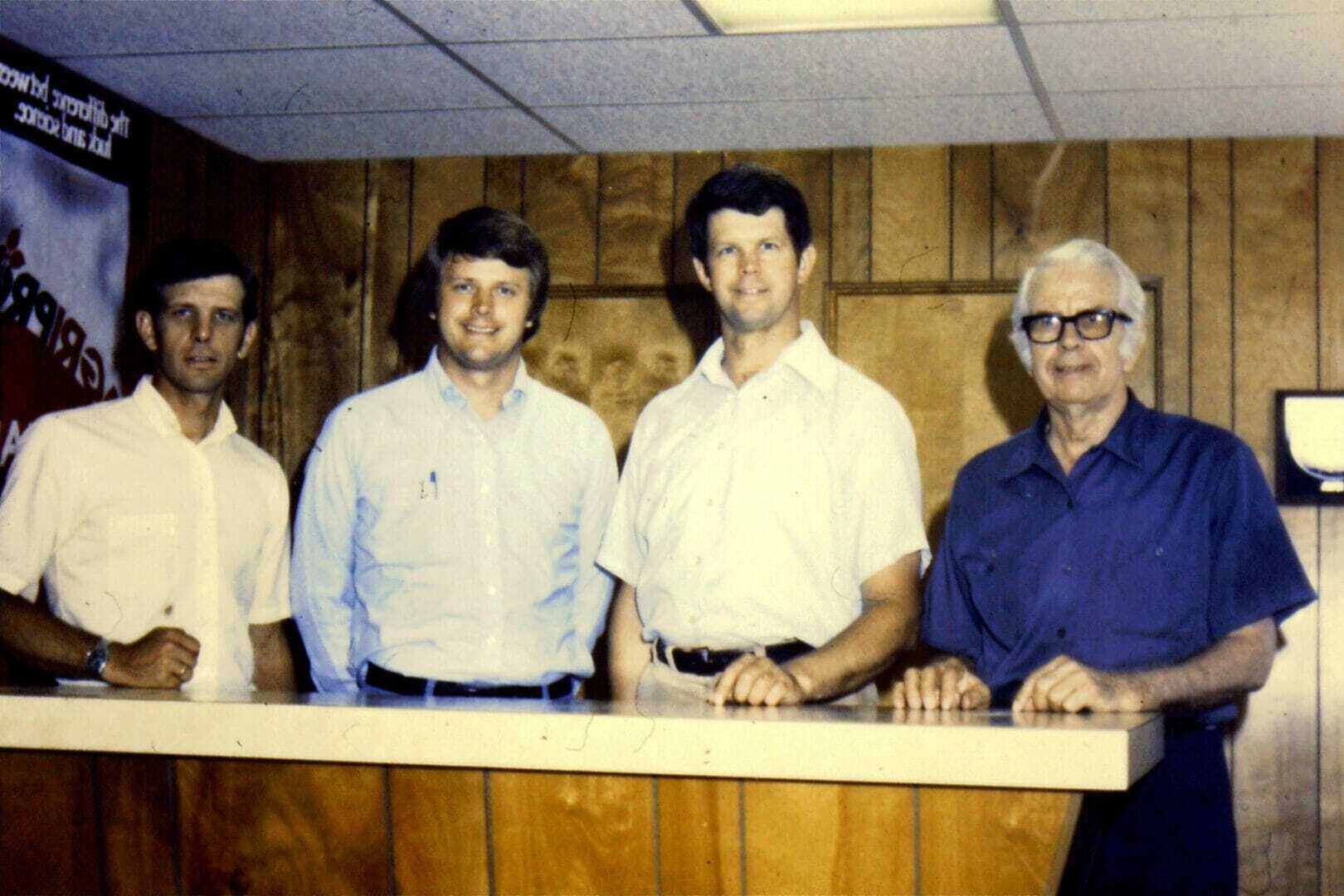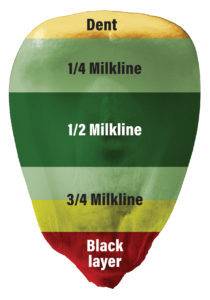As harvest season ends, it’s time to think about which products to plant on your farm next year. It’s easy to get overwhelmed by seed company data. To help, I’ve put two of the most important numbers at the bottom of the page: CV and LSD. Let’s take a deep dive into each number.
What is the Co-efficient of Variation (CV)?
The co-efficient of variation (CV) is a statistical measure of the dispersion of data points in a data series around the mean. The statistical mean is the mathematical average, which is calculated by adding up all the values in a data set and then dividing by the number of data points.
KEY TAKEAWAYS
- The co-efficient of variation (CV) is a statistical measure of the relative dispersion of data points in a data series around the mean.
- The CV is useful for comparing the degree of variation from one data series to another, even if the means are drastically different from one another.
- The lower the ratio of the standard deviation to mean return, the better risk-return tradeoff.
CV SUMMARY
The co-efficient of variation shows the extent of variability of data in a sample in relation to the mean of the test or trial. The lower the CV, the more value the trial or data set you’re looking at has. Paying attention to the CV is very important this year due to the variability we experienced during the growing season. Use caution with data CVs between 15 and 19, and do not use data with CVs higher than 20.
What is the Least Significant Difference (LSD)?
When studying yield data from universities, seed companies or third-party sources, always look for the Least Significant Difference (LSD value) at the bottom of the data set or table. The LSD value measures variability in a test that might be caused by soil types, population density variations, micro-environment or experimental errors.
KEY TAKEAWAYS
- To be considered significant, the yields of any two hybrids or varieties must be greater than the LSD value. This is to make sure the differences are real and not caused by chance or soil variability.
- Uniform tests have smaller LSD values and are more reliable. Agronomists and researchers try to limit variabilities by seeking uniform ground to conduct their tests. The differences of 10 bushels in high-yielding corn test plots are generally not significant and are within the LSD value, so it is a mistake to make a big deal when a hybrid tops one test plot.
- LSD values in the university tests are generally reported at (0.1) or 10% level. It means that there is a 90% chance that any one of the hybrids or varieties within the LSD value for the test could be on the top. Some test plot data are now being reported with LSD at (0.25) or 75% level, perhaps to be more inclusive.
Everyone likes to be on the top for “bragging” rights, but a hybrid on top in one test may be in the middle in the next test. Rather than focusing on hybrids that top a plot, look for the hybrids that are consistently in the top tier in different plots across several locations.
LSD SUMMARY
It’s human nature for our eyes to gravitate to the top of a trial and assume the top product is what to plant on the farm next year. It’s not uncommon for almost half of a 20-entry trial to be within the LSD.
To help determine which products might perform best given your soil types, management practices and other factors, consult your local Latham® representative. We’re here to help guide you through the fall data rush.
